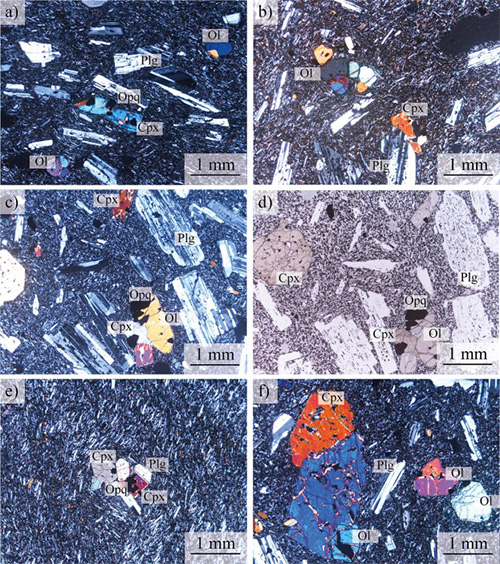Age of the Valle del Bove formation and chronology of the post-collapse flank eruptions, Etna volcano (Italy)

Malaguti A.B., S. Branca, F. Speranza, M. Coltelli, P. Del Carlo, A. Renzulli (2023).
Journal of Volcanology and Geothermal Research, 434, https://doi.org/10.1016/j.jvolgeores.2023.107752.
Abstract
The Valle del Bove is a profound and wide scar on the east Etna flank witnessing the Holocene main volcano-tectonic event of the volcano, frequently invaded by lava flows during the last centuries. The Valle del Bove slope failure produced the Milo debris avalanche deposit on the lower east flank that is partially covered by the Mongibello lavas and a pyroclastic succession. In this paper, we constrain for the first time the age of the Milo debris avalanche deposit and the overlying lava succession exposed at three quarries recently caved at the valley mouth through a multidisciplinary approach integrating stratigraphic and petrographic analyses, 14C, and paleomagnetic dating. In particular, 14C age determinations of the Milo debris avalanche deposit indicate that the initial stage of the catastrophic flank collapse of the Valle del Bove occurred at 7478–7134 BCE during the Mesolithic age. Conversely, the main portion of the lava succession filling the valley floor emplaced after the sub-Plinian picritic eruption occurred at 2579–2278 BCE (FS tephra layer) consistently with the increasing occurrence frequency of flank eruptions documented in the geological record of Etna during the past 4000 yrs. Paleomagnetic dating highlighted that in the study area the sub-Plinian eruption was followed by two quasi-contemporaneous flank eruptions during the Late Copper age (2600–2400 BCE), whereas other two flank eruptions occurred during Greek-Roman and Medieval ages. These results have relevant implications on the stratigraphy and evolution of Etna, particularly on the Valle del Bove initial collapse and the relative emplacement of the Chiancone detritic-alluvial sequence.


Devi effettuare l'accesso per postare un commento.